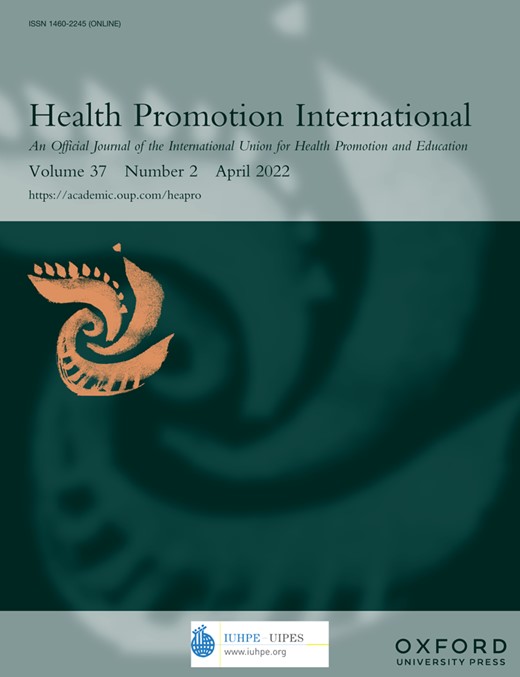-
Views
-
Cite
Cite
Janet Rocha, Claudia M Castillo-Lavergne, Marcus J Byrd, Mercedes R Carnethon, Rebecca Miller, Maria Lin, Erica E Marsh, Janice K Jackson, Clyde W Yancy, Reimagining educational equity through strategic alliance partnerships in response to the USA STEM-M diversity gap, Health Promotion International, Volume 37, Issue 2, April 2022, daab094, https://doi.org/10.1093/heapro/daab094
Close - Share Icon Share
Summary
Addressing the USA diversity gap in science, technology, engineering, mathematics and medicine (STEM-M) through strategic alliance partnerships (SAPs) is an innovative solution toward combating the educational inequalities presented in K-12 education for marginalized youth interested in STEM-M professions. We present a model that unites multiple stakeholder s committed to diversifying the workforce in STEM-M, through the implementation of a multi-year high school pipeline program designed to better achieve STEM-M equity, access and opportunity at the secondary school level. We developed a unique model based on an SAP in a large metropolitan area in the Midwest that joins an Academic Medical Center and a local Public High School. Our results involving 46 students over 8 years demonstrate 100% high school graduation rates; 97% college attendance with full or partial scholarship support, and early evidence of post-graduation aspirations in STEM-M careers. Our early progress calls for more rigorous study against standard educational practices. If our program is proven to be more effective, then potentially more strategic public−private partnerships to foster K-12 pipeline programs to better achieve equity through educational access, opportunities and resources should be developed and targeted for those marginalized youth that have been historically denied STEM-M opportunities. After 10 years of dedicated effort, we see evidence of potential benefits of this SAP to develop K-12 pipeline programs with similar aims of STEM-M diversification, particularly by way of more-equitable provision of educational opportunities to students belonging to minority racial and ethnic groups.



